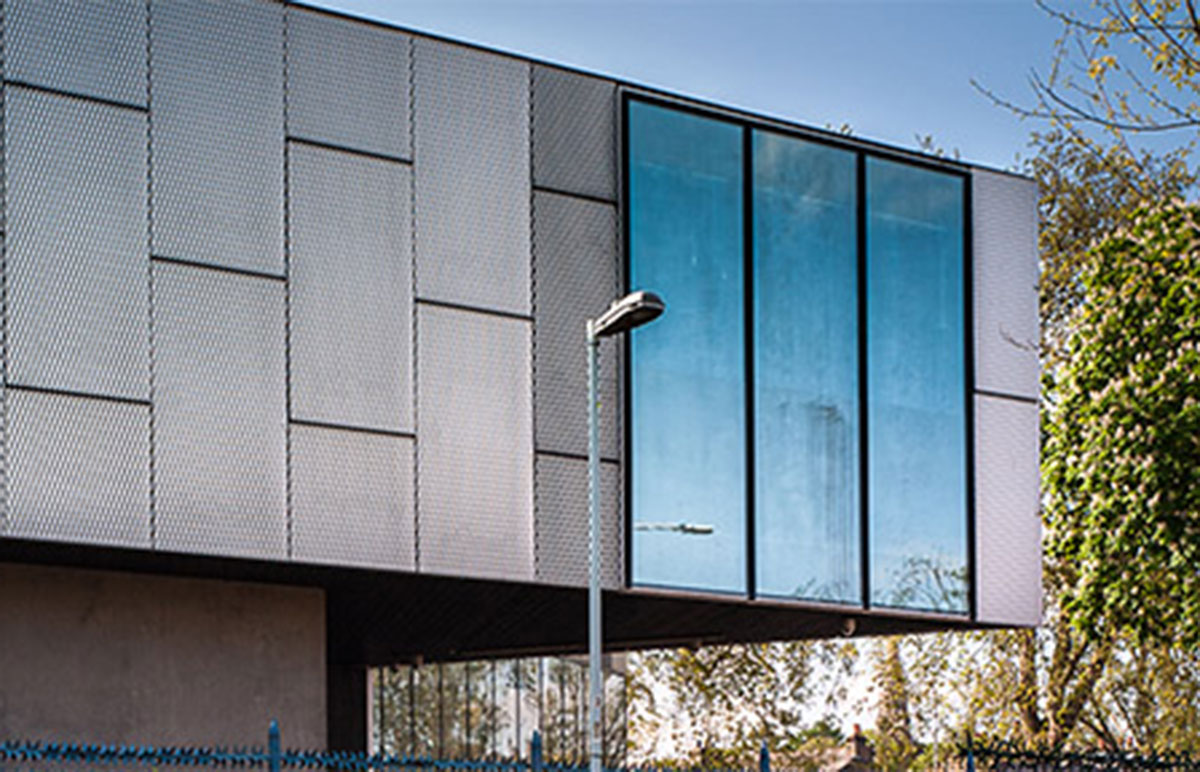
You arrive on site with detailed plans of the buried services. The electricity and telecommunications can be readily confirmed with your Cable Avoidance Tool (CAT); the route of the gas main, sewer and water main are visually located through pavement scarring and covers. A single borehole location is however close to the gas main so it’s straightforward to manually excavate a starter pit. The services are all found to be exactly at the location and depth expected and your drilling is completed without incident.
Oh that it were so simple. On how many sites is the information provided in respect of buried services woefully inadequate? Most often the electricity, water and sewerage plans show the detail in the roads surrounding your site but precious little as to the routing within the site boundary. The power loops to on-site street lighting and the installations for telecommunications are seldom shown on such drawings and remain to be discovered.
In the site investigation industry the biggest risk to the safety of operatives is arguably that of striking buried services and unlike many theoretical or perceived risks this is real. A JCB rarely loses an argument with a buried pipe or cable and the implications of ripping through a gas main and electricity supply together are only too obvious.
Clause 11 of the CDM regulations 2007 sets out clearly the duties of designers, particularly in taking “all reasonable steps to provide with his design sufficient information…”. This begs the question as to whether sufficient attention is being given to acquiring detailed and accurate services information prior to breaking ground. In most developments it would appear that gathering this information is of low priority and reliance is placed on the site crew to dig a 1.2 m deep inspection pit.
Detailed information concerning buried services is obviously going to be required at some stage in the project. The key point, therefore, becomes when rather than if the information is to be obtained. A number of commercial providers will obtain all of the services information relatively rapidly and relatively economically. Going back to responsibilities under CDM; is gathering this information in advance of breaking ground a ‘reasonable step’?
Well yes, responsible designers should be advising their clients that detailed current services information should be acquired at the very earliest opportunity. It must be seen as an equally important and “routine” activity as a topographic survey of a site and will be of benefit to all parties as the design progresses. Crucially, however it contributes significantly to reducing the risk of injury to the ground investigation contractor.
Surely it would be better for all parties if the ideal set out in the first paragraph applied to all sites.
Martin Cooper
Principal Geotechnical Engineer
Geotechnical and Environmental Associates Limited
Related News
April 11, 2023
by Juliet Fuller
We worked with Mason Navarro Pledge and client The Bedford Estates to redevelop a site in Bloomsbury at the corner of Ridgmount Street and Store Street.
February 10, 2023
by Martin Cooper & Matthew Penfold
The senior engineers at GEA all have many years of varied experience in ground engineering. That experience can affect outcomes in ways that are obvious, but also in other ways that might be less apparent.
April 28, 2021
by Steve Branch
Donald Rumsfeld's "known knowns, known unknowns and unknown unknowns" phrase has become quite a favourite in presentations by geotechnical engineers...
October 13, 2020
by Mike Plimmer
The risk presented by high rates of hazardous ground gas emissions into structures is well documented and means of monitoring and assessing this risk are set out in both BS 8576:2013 and CIRIA C665...